1. How important is iron in the body?
Iron plays an important role in the production of hemoglobin, a protein in red blood cells that carries oxygen from the lungs to other parts of the body. Adequate iron levels ensure that tissues and organs receive enough oxygen to function properly, supporting overall energy levels and preventing fatigue.
Iron is also important for cell metabolism, immune function, and cognitive development. Without enough iron, the body cannot produce enough healthy red blood cells, leading to iron deficiency anemia, which can cause symptoms such as weakness, pale skin, and shortness of breath. Therefore, maintaining adequate iron levels is important for maintaining good health.
2. Some iron-rich vegetables supplement the body
Here are some vegetables that are naturally rich in iron, an essential nutrient, and how to add them to your daily diet.
- Spinach: Spinach is known for its high iron content, providing about 3.6 mg of iron per 100 grams. This vegetable is also rich in vitamins A and C, which help increase iron absorption.
There are many ways to use it: Eat it raw in salads, blend it into smoothies or cook it. To increase iron absorption, combine spinach with foods rich in vitamin C, such as citrus fruits or bell peppers...
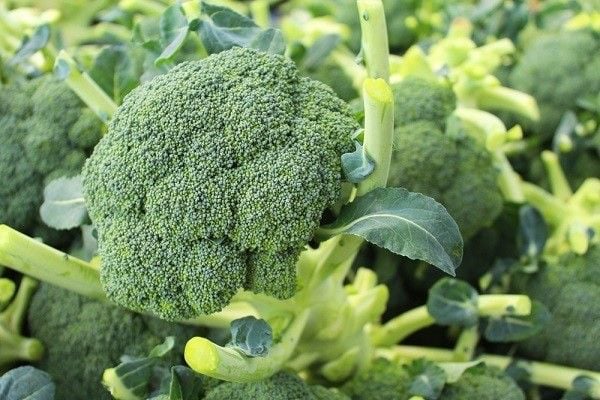
Broccoli - a vegetable rich in iron and also rich in vitamin C to supplement the body...
- Kale : Kale is a nutritious leafy green vegetable, providing about 1.5 mg of iron per 100 grams. Kale is also rich in vitamins A, C and K. For better iron absorption, consider tossing kale with a little lemon juice or vinegar before eating it raw in a salad. Cooking kale by steaming or sautéing can help retain the vegetable's nutritional value.
- Beets: Beets provide about 0.8 mg of iron per 100 grams. Although this amount is relatively modest compared to some other iron-rich vegetables, it still contributes to overall iron intake, especially when included in a varied diet.
- Broccoli: Broccoli contains about 0.7 mg of iron per 100 grams and is also rich in vitamins C, K, fiber and folate. Vitamin C in broccoli helps increase the absorption of non-heme iron (found in plants). Broccoli can be steamed, stir-fried, boiled...
- Mustard greens: Mustard greens provide about 1.0 mg of iron per 100 grams, and are rich in vitamins A, C, K, as well as calcium and antioxidants. Mustard greens have a spicy flavor that can be enhanced in meals by sautéing with garlic and olive oil or adding to soups or salads, providing a flavorful way to increase your iron intake.
- Asparagus: Asparagus contains about 2.1 mg of iron per 100 grams and is also rich in vitamins A, C, K, folate, and fiber. To maximize the nutritional benefits, steam or lightly roast asparagus. It can be served as a side dish, added to salads, or stir-fried. Asparagus is also a versatile vegetable that adds flavor and nutritional value to meals.
- Brussels sprouts: Brussels sprouts provide about 1.4 mg of iron per 100 grams and are rich in vitamins C, K, fiber, and folate. Sautéing Brussels sprouts with a little olive oil and spices will enhance their flavor and help retain nutrients. This vegetable can also be added to salads or boiled…
- Green radish: This is also a valuable source of iron, providing about 1.4 mg per 100 grams, rich in vitamins A, C, K and antioxidants.
Saute turnip greens with garlic and olive oil or add them to soups and stews to enhance their flavor and retain their nutritional content. Cooking turnip greens reduces the oxalate content, which helps increase iron absorption.
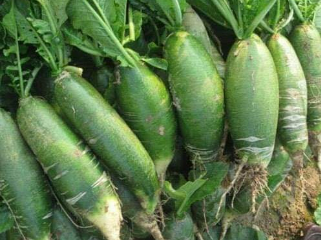
Green radish.
- Peas: Containing about 1.2 mg of iron per 100 grams, peas are also rich in vitamins A, C, K and protein. Peas are also very versatile, can be added to soups, stews, boiled... making them a very convenient and nutritious choice. Adding peas to meals helps increase iron, vitamins and fiber.
- Collard greens: Provide about 0.5 mg of iron per 100 grams, rich in vitamins A, C, K as well as calcium and fiber. Collard greens can be used in soups, stews or stir-fried as a side dish, providing a rich source of iron and other essential nutrients.
Incorporating these iron-rich vegetables into your diet can significantly increase your iron intake. By using a variety of cooking methods such as boiling, steaming or blending, you can maximize the nutrient absorption and enhance the flavor of these vegetables.
Combining iron-rich vegetables with foods rich in vitamin C can further improve iron absorption, helping you get the most benefit from your plant-based diet.
Source: https://giadinh.suckhoedoisong.vn/10-loai-rau-giau-chat-sat-172240919092209234.htm






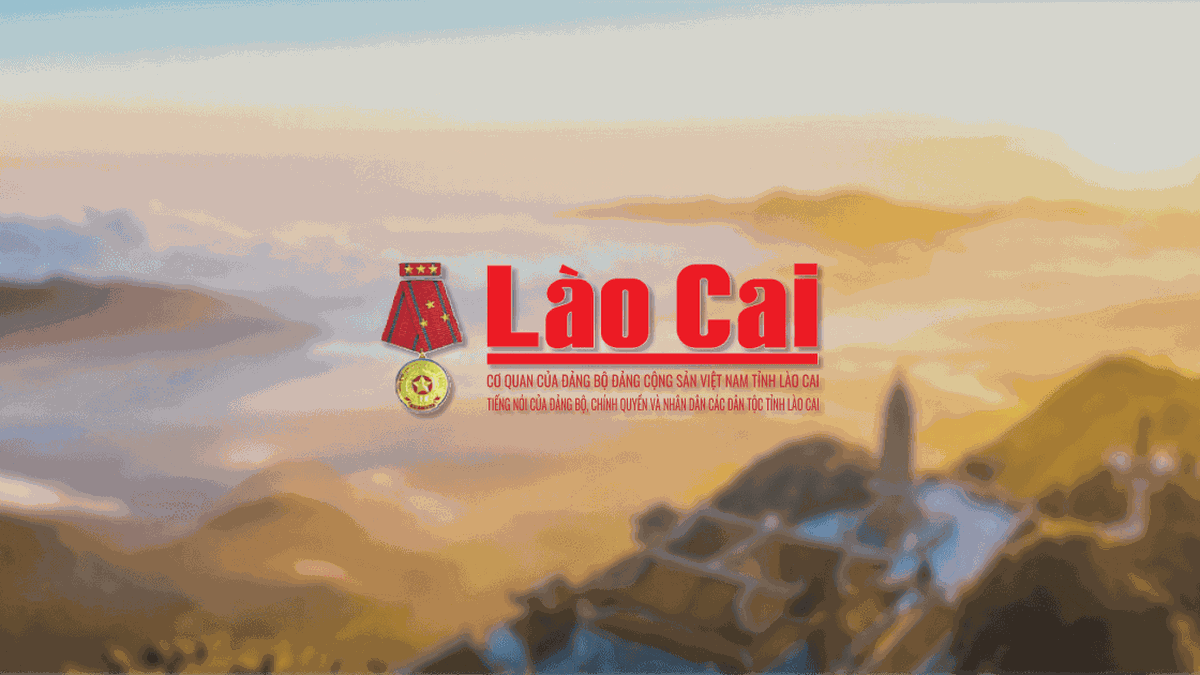



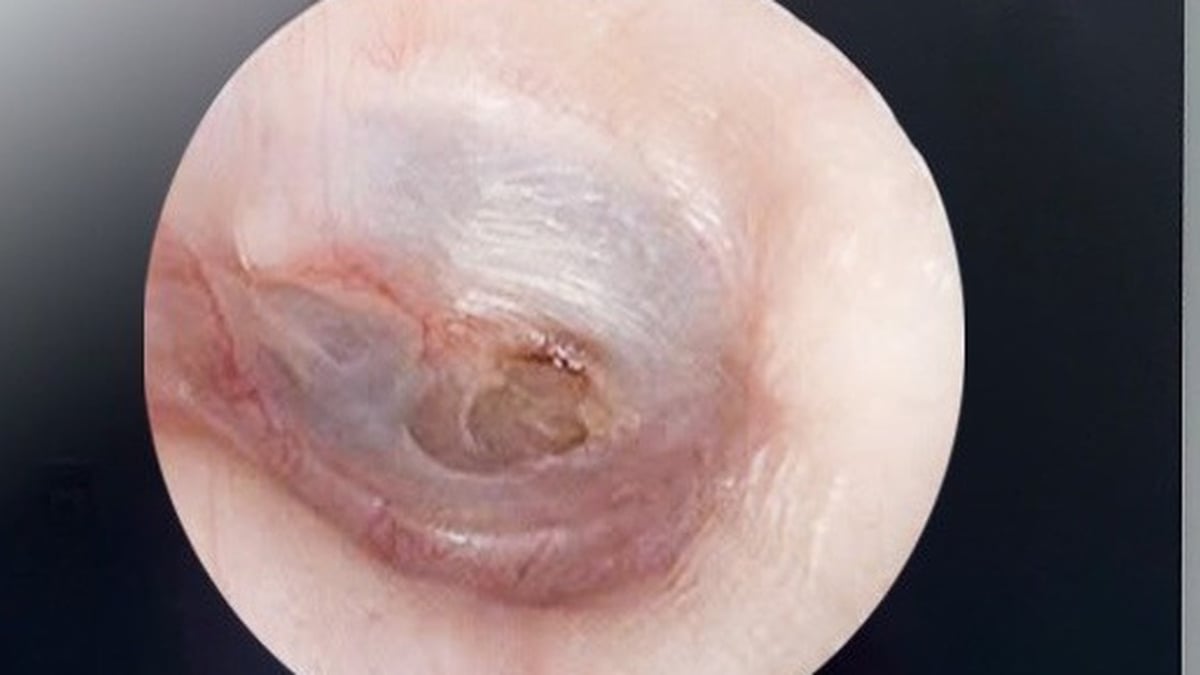
















![[Photo] National Assembly Chairman attends the seminar "Building and operating an international financial center and recommendations for Vietnam"](https://vphoto.vietnam.vn/thumb/1200x675/vietnam/resource/IMAGE/2025/7/28/76393436936e457db31ec84433289f72)




















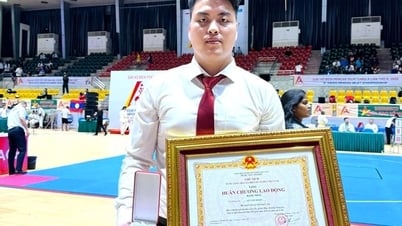








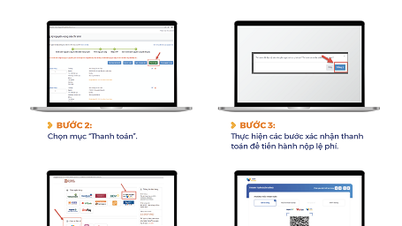














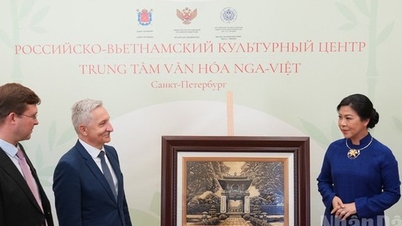



























Comment (0)